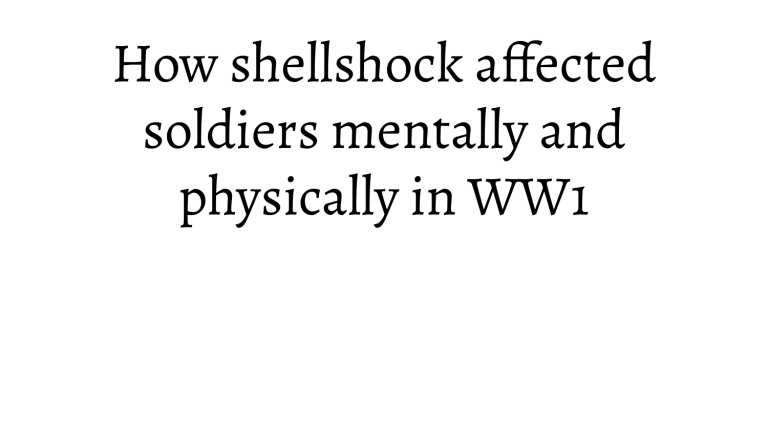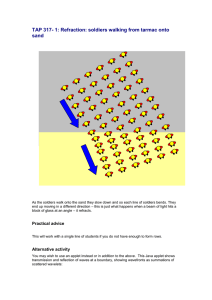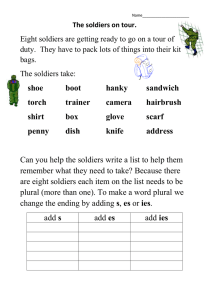How shellshocked affected soldiers mentally and physically in ww1
advertisement

How shellshock affected soldiers mentally and physically in WW1 The shellshock stare In this picture, this particular soldier is an example of shell shock, the dazed expression and a steady stare are a common cause of the shellshock stare. This post traumatic stress disorder at the time caused some soldiers to variously panic and be scare, flight and inability to reason, sleep, walk or talk. This is identified as the signature injury of the war. Cause of shellshock The first cause of shellshock was thought to be caused by soldiers being exposed to exploding shells. Medical staff at the time there was little sympathy for shell shock victims with the condition generally seen as a sign o f emotional weakness and cowardness, they didn’t realise that there were deeper causes till later. Many asylums, private mental institutions and disused spas were taken over and designated as hospitals for mental diseases and war neurosis. Symptoms of shellshock ● ● ● ● ● ● ● ● ● Hysteria and anxiety Paralysis Limping and muscle contractions Blindness and deafness Nightmare and insomnia Heart palpitations Depression Dizziness and disorientation Loss of appetite The longtime effect of shellshock on the soldiers When the soldiers came back home with shellshock, they often panicked at any loud sound, such as; gunshots on tv, loud noises, dog barks, and shouting. Some soldiers even came back with the inability to walk or talk, they would always have a look of sadness and horror in their eyes as it was hard for them to forget the traumatic experience that they went through Recovery from shellshock Shell shock victims were often at the hands of the armed forces medical officers. Only the “lucky” ones were treated with a variety of cures such as, hypnosis, massage, rest and dietary treatments. Most of the time those soldiers would get cured, the soldiers that would still have to go out and fight did not though. It affected them long time and caused them to not have a normal life anymore.



